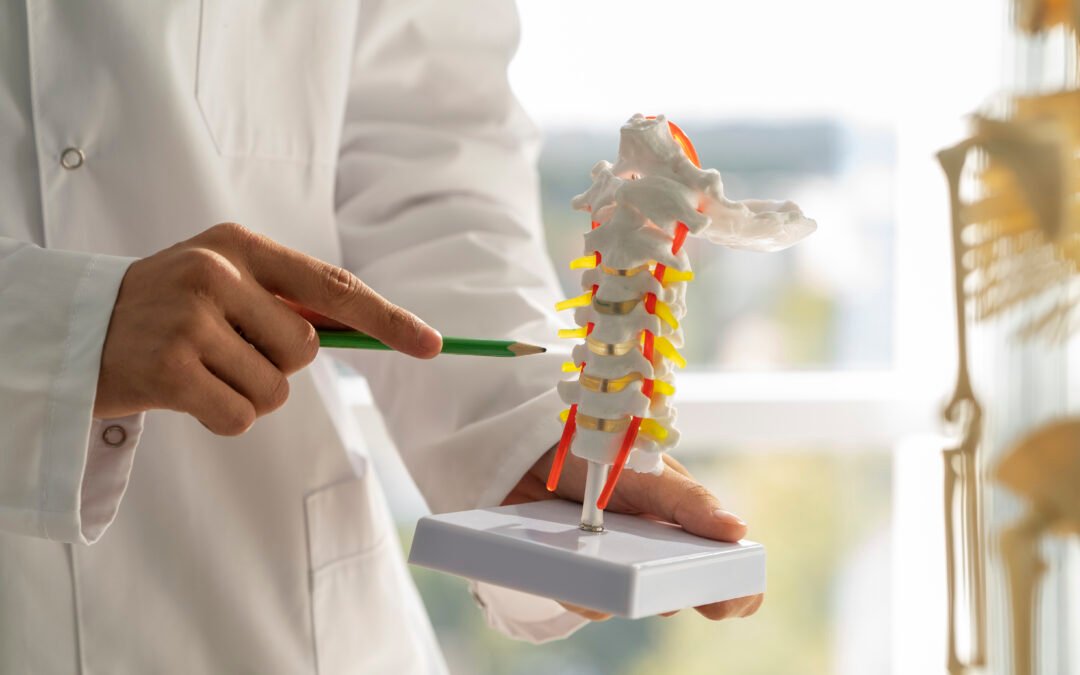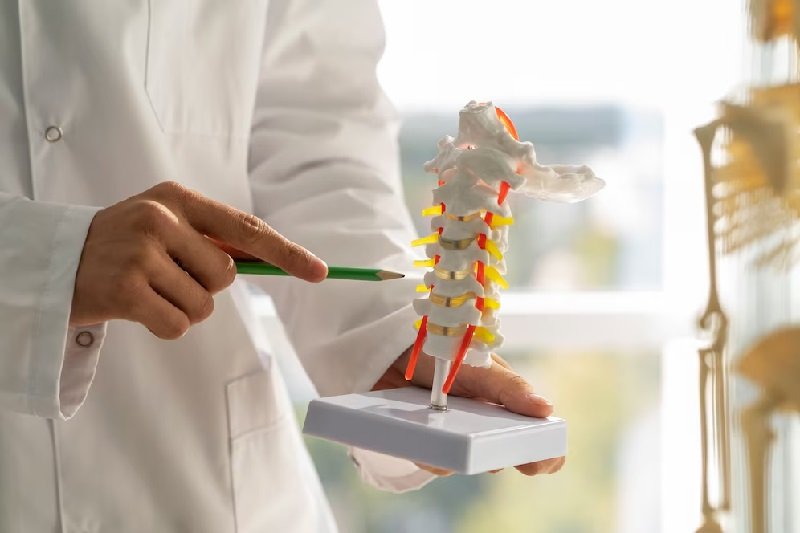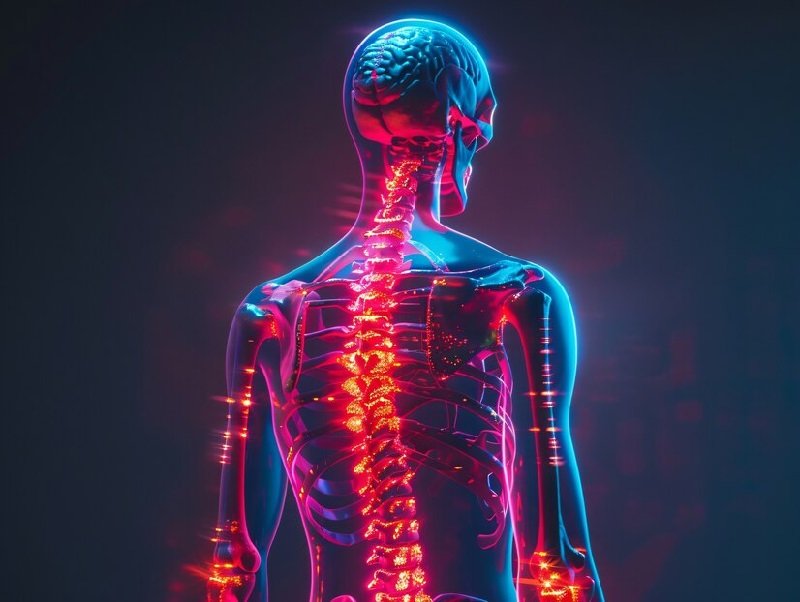Disc prolapse, commonly known as a herniated disc, is a condition that can cause significant pain and discomfort, impacting one’s daily activities and overall quality of life. Understanding the diagnostic and treatment approaches used by experts is crucial for effective management of this condition.
A spine specialist in Thane employs a comprehensive approach, combining physical examinations, medical history assessments, and advanced imaging techniques to accurately diagnose disc prolapse.
Once diagnosed, a tailored treatment plan is developed, incorporating both conservative and surgical methods to alleviate symptoms and promote recovery. This article delves into the meticulous process spine specialists use to diagnose and treat disc prolapse, ensuring optimal patient outcomes.
What Is The Diagnostic Approach For Discs Prolapse?
The diagnostic process for discs prolapse typically begins with a thorough medical history and physical examination. The spine specialist will ask questions about the patient’s symptoms, including the location and severity of the pain, as well as any numbness, tingling, or weakness in the arms or legs.
The physical examination includes checking the patient’s back for tenderness and performing a neurological exam to assess muscle strength, reflexes, and sensation.
In addition to the physical examination, imaging tests such as X-rays, CT scans, and MRI scans are often used to confirm the diagnosis. These tests can help identify the location and size of the prolapse, as well as any compression or irritation of the surrounding nerves.
Treatment Approach For Discs Prolapse
The treatment approach for discs prolapse depends on the severity and location of the prolapse, as well as the patient’s overall health and symptoms. In many cases, conservative treatments such as physical therapy, pain management, and anti-inflammatory medications are sufficient to manage the symptoms.
Conservative Treatment Options
Conservative treatment options for discs prolapse include:
- Physical Therapy: Physical therapy can help to strengthen the muscles in the back and improve flexibility, reducing the pressure on the prolapsed disc.
- Pain Management: Pain management techniques such as medication and injections can help to reduce the pain and discomfort associated with the prolapse.
- Anti-Inflammatory Medications: Anti-inflammatory medications can help to reduce the inflammation and swelling associated with the prolapse.
Surgical Treatment Options
In some cases, surgical treatment may be necessary to relieve the pressure on the prolapsed disc and alleviate the symptoms. Surgical options include:
- Discectomy: Discectomy is a surgical procedure that involves removing the prolapsed portion of the disc to relieve pressure on the surrounding nerves.
- Laminectomy: Laminectomy is a surgical procedure that involves removing the lamina, the bony structure that covers the spinal canal, to relieve pressure on the prolapsed disc.
- Spinal Fusion: Spinal fusion is a surgical procedure that involves fusing two or more vertebrae together to stabilize the spine and relieve pressure on the prolapsed disc.
Conclusion
In conclusion, the meticulous approach taken by a spine specialist in Thane to diagnose and treat disc prolapse ensures that patients receive the most accurate and effective care possible.
Through a combination of thorough physical examinations, detailed medical histories, and advanced imaging techniques, specialists can pinpoint the exact nature and severity of the condition.
Treatment strategies, ranging from conservative methods like physical therapy and pain management to more advanced surgical options, are then tailored to meet the specific needs of each patient.
This comprehensive approach not only alleviates pain and discomfort but also helps restore functionality and improve the overall quality of life for those suffering from disc prolapse.
FAQs
1. How does a spine specialist diagnose disc prolapse?
A spine specialist diagnoses disc prolapse through a combination of physical examinations, medical history assessments, and advanced imaging tests such as MRI (Magnetic Resonance Imaging), CT (Computed Tomography) scans, and X-rays.
2. What symptoms might indicate a disc prolapse?
Common symptoms include severe back pain, pain radiating down the legs (sciatica), numbness or tingling in the extremities, muscle weakness, and difficulty with movement or flexibility.
3. What conservative treatments are available for disc prolapse?
Conservative treatments include physical therapy to strengthen muscles and improve flexibility, pain management strategies like anti-inflammatory medications and muscle relaxants, and epidural steroid injections to reduce inflammation and pain.
4. What is a discectomy?
A discectomy is a surgical procedure where the herniated portion of the disc is removed to relieve pressure on the affected nerve. This can often be accomplished with less invasive procedures.
5. What is spinal fusion?
Spinal fusion is a surgical procedure that stabilizes the spine by fusing two or more vertebrae together, often used when there is significant spinal instability or degeneration.




